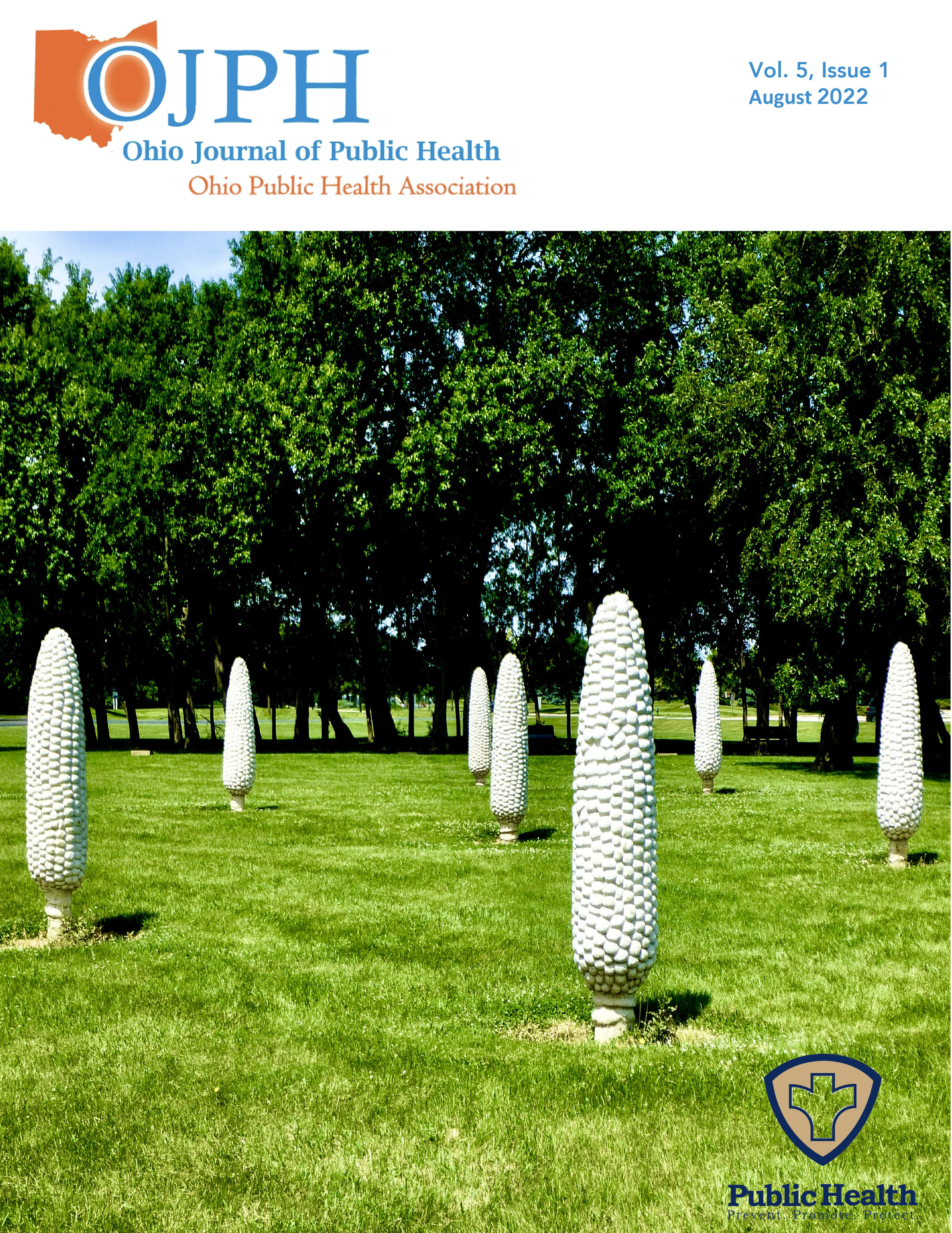Health Disparities in Liver Cancer: An Analysis of the Ohio Cancer Incidence Surveillance System
DOI:
https://doi.org/10.18061/ojph.v5i1.8514Keywords:
Neighborhood deprivation, Hepatocellular carcinoma, Guideline-concordant care, Mortality, Five-year survivalAbstract
Background: We explored associations between neighborhood deprivation and tumor characteristics, treatment, and 5-year survival among primary hepatocellular carcinoma (HCC) patients in Ohio diagnosed between 2008 and 2016.
Methods: We used data from the Ohio Cancer Incidence Surveillance System and limited our analysis to adult (>18 years of age) HCC patients with known census tract information based on address at diagnosis. Using principal components analysis, we created a neighborhood deprivation index (NDI) using 9 census tract-level variables. We examined associations between tumor characteristics (stage and tumor size) and NDI quintile using chi-square tests and analysis of variance (ANOVA). Associations between guideline-concordant care and NDI using log-binomial regression adjusted for sex, race, age at diagnosis, metropolitan status, cancer stage, and year of diagnosis were conducted. For 5-year survival, we utilized Cox proportional hazards models with a similar adjustment set.
Results: Neighborhood deprivation index was not associated with stage or tumor size. Individuals living in the most deprived neighborhoods were 16% less likely to receive guideline-concordant care as compared to individuals living in the least deprived neighborhoods (adjusted prevalence ratio [PR]: 0.84; 95% confidence interval [CI]: 0.74-0.94). Similarly, individuals living in the most deprived neighborhoods were 15% less likely to survive 5 years compared to individuals living in the least deprived neighborhoods (adjusted Hazard Ratio: 1.15; 95% CI: 1.01-1.29).
Conclusion: Our results suggest a negative association between neighborhood deprivation on guideline-concordant care and survival among HCC patients. Interventions targeting disparities of HCC should focus not only on individual-level factors but address larger neighborhood level factors as well.
Downloads
Published
Issue
Section
License
Copyright (c) 2022 Robert B. Hood, Rebecca Andridge, Shawnita Sealy-Jefferson, Ashley Felix

This work is licensed under a Creative Commons Attribution 4.0 International License.


